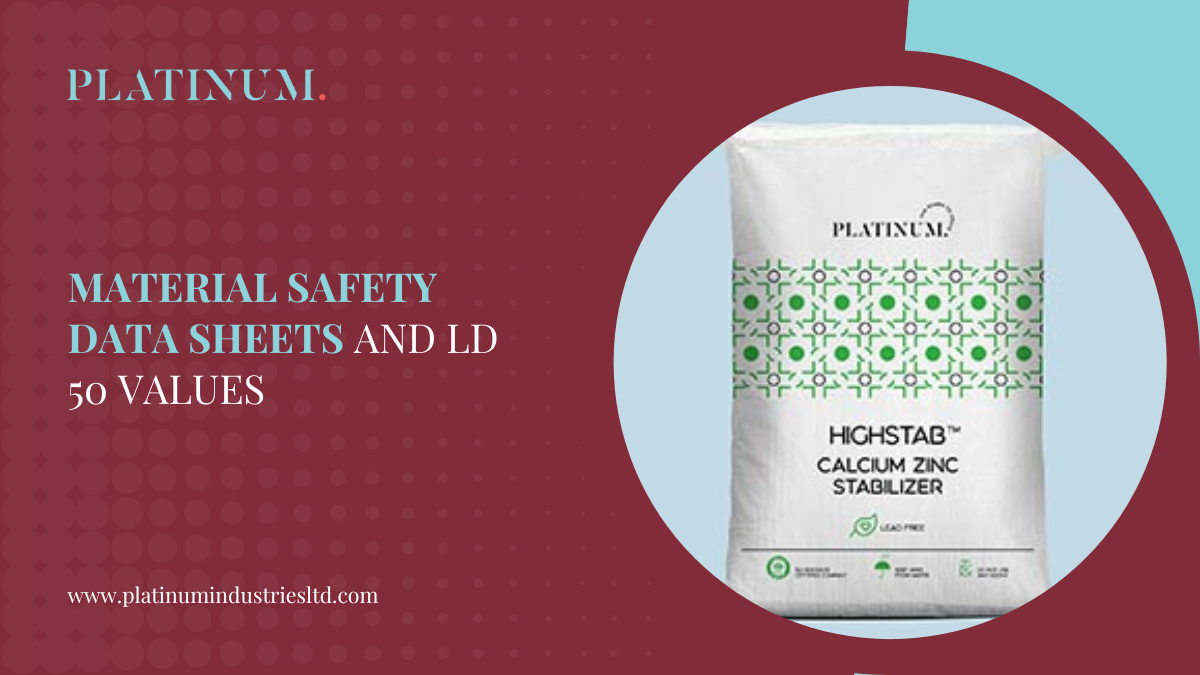Safety data sheets, also known as SDS (Safety Data Sheets) or MSDS (Material Safety Data Sheets), are documents that provide information about the hazards and safe handling of chemicals. They contain essential data such as the composition of the chemical, physical and chemical properties, potential hazards, safety precautions, first aid measures, and instructions for proper disposal.
They are needed to ensure workplace safety and comply with legal requirements. They serve as important sources of information for employees handling chemicals and help prevent accidents and injuries.
SDS are created according to specific regulations and guidelines to ensure their consistency and completeness.
SDS, CLP, and GHS are all important systems for labelling and classifying chemicals. GHS (Globally Harmonized System) is an internationally agreed system that sets uniform criteria for the classification, labelling, and packaging of chemicals. It provides clear symbols and warning statements to communicate the risks of chemicals.
An important regulation governing their creation is the REACH Regulation (Registration, Evaluation, Authorization and Restriction of Chemicals) in the European Union. Additionally, other countries have similar regulations and guidelines governing the creation of safety data sheets.
CLP (Classification, Labelling, and Packaging) is the implementation of GHS in the European Union. It adopts the GHS criteria and determines how chemicals should be classified, labelled, and packaged within the EU.
In summary: GHS is the international system for chemical labelling, CLP is its implementation within the EU, and SDS are detailed documents providing safety information under CLP.
LD50 is a unit used in toxicology to measure how much of a substance is lethal to a certain number of living organisms, usually animals like mice or rats. LD50 stands for “Lethal Dose 50” and represents the dose of a substance that causes the death of half the test subjects. LD50 values can be specified for different methods of administration, such as oral (through the mouth), dermal (through the skin), inhalation (through breathing), etc. For example, if you have an LD50 value of 100 mg/kg (oral) for a certain substance, it means that half the animals exposed to a dose of 100 mg of that substance per kilogram of body weight orally would die. The lower the LD50 value, the more toxic the substance is.
In safety data sheets, symbols and hazard statements are used to indicate the dangers of a chemical. These symbols and hazard statements provide a quick overview of the potential risks someone might face when coming into contact with the chemical. On one hand, they are easy to understand and offer clear instructions for safe handling of the substance.
On the other hand, LD50 values are specific numbers that indicate how much of a substance can be lethal. They are often more complex to interpret and may require a deeper understanding of toxicology and dose-response relationships. Since safety data sheets are intended for a wide range of users, including those without expertise in toxicology, symbols and hazard statements are often sufficient for communicating the relevant safety precautions.
The PVC stabiliser market in India is experiencing significant growth and transformation. As the PVC industry expands and environmental concerns become more prominent, the demand for advanced, sustainable stabilisers is expected to rise. Platinum Industries has always preempted this boom, investing in technological innovations that can drive the PVC and CPVC stabiliser market towards a more sustainable and efficient future.
Platinum Industries Ltd. the leading PVC and CPVC stabiliser manufacturer in India, is a member of the Indian Vinyl Council (IVC).
Platinum Industries Ltd., a member of Indian Vinyl Council (IVC)

